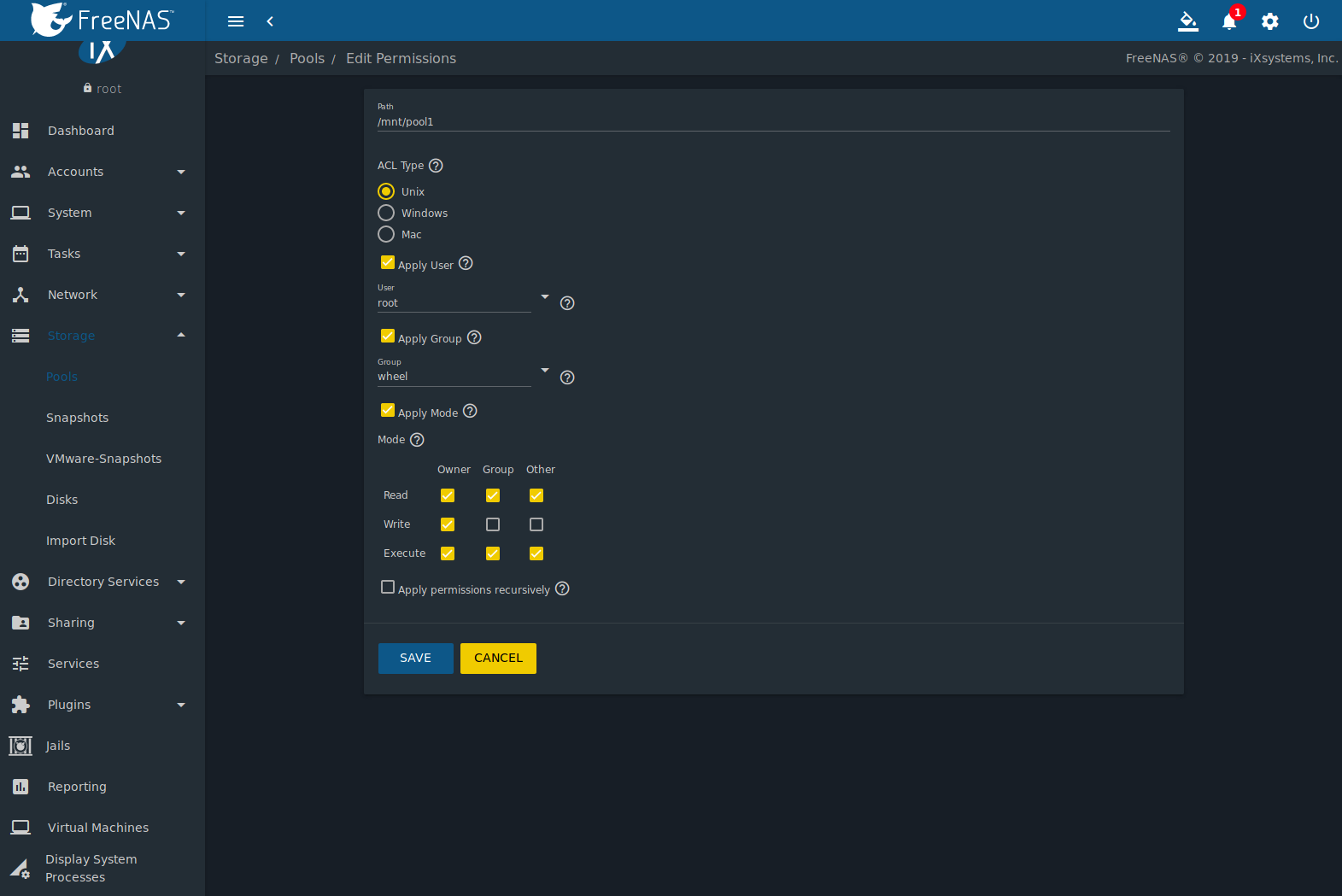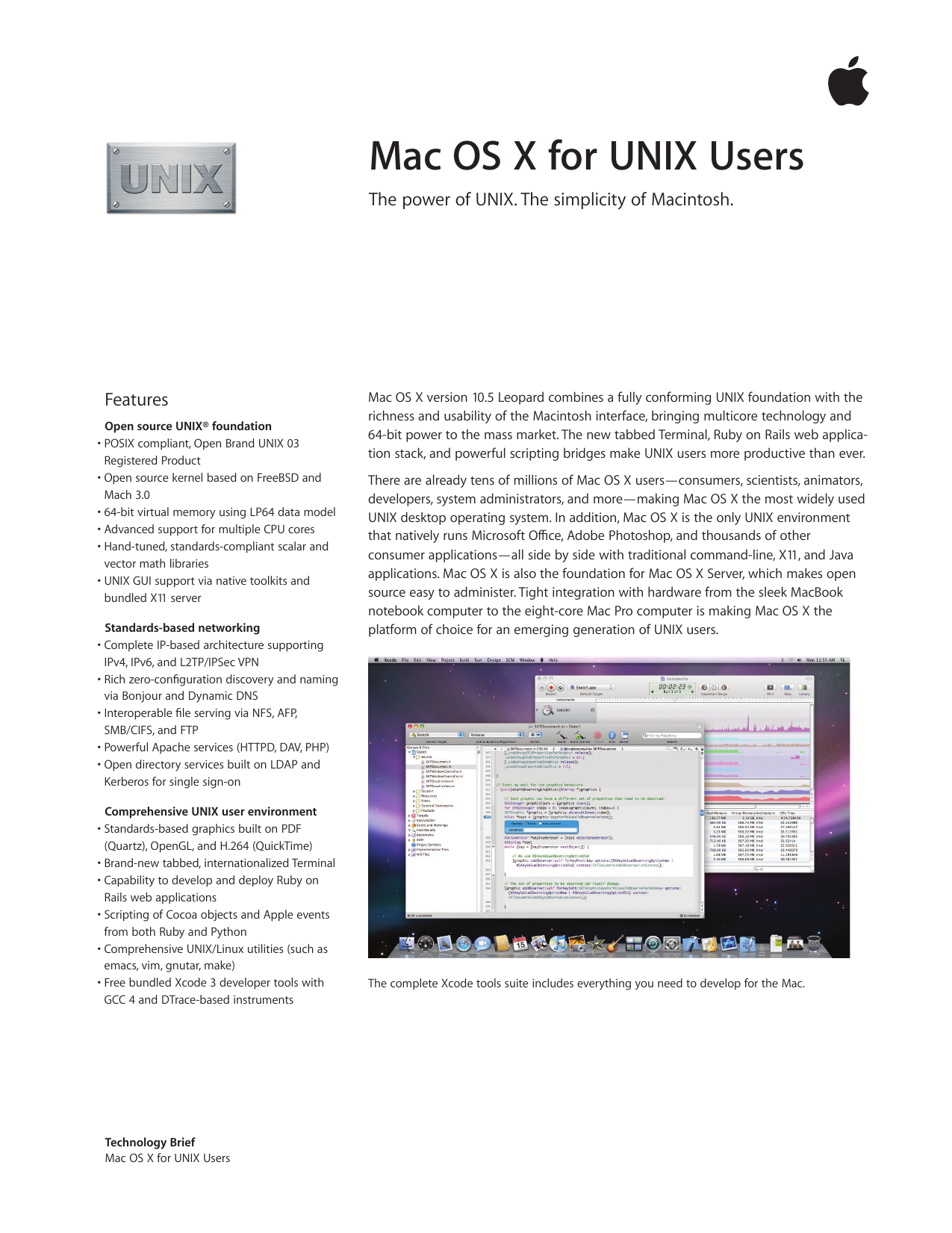The SMB or NFS protocol is used to connect to OneFS from the macOS client. In prior Mac OS X versions, many users preferred using NFS to access network storage because it was faster than SMB. This is no longer true with the latest macOS system. SMB is now the recommended protocol for macOS clients when connecting to a OneFS cluster. NFS (Network File System) Originally comming from the unix/linux world, it has really poor integration into windows and mac. Neither of them supports it straig away and needs manual adjustments. Performance seems to be faster than SMB though. It is better suitable for server to server file transfer.
Smb Or Nfs For Mac Catalina

Native file sharing protocols always win out
In an intranet, network clients have several options, such as AFP, NFS and SMB/CIFS, to connect to their file server. But for the best performance, and 100% compatibility, the native client file sharing protocol is the right choice. So AFP is the best protocol for all Mac clients through OS X 10.8, SMB is the standard for Windows clients, and NFS is perfect between UNIX servers. With the release of OS X 10.9 “Mavericks”, Apple fully supports both SMB2 and AFP.
In addition, remote users should be able to securely access server documents via web browser. And mobile users will appreciate a native app for server access and file sharing to their devices.

NFS(Network File Share)
NFS is good for UNIX server-to-server file sharing. However it is incompatible with Windows clients, and is useless for Mac file sharing clients due to missing features, and compatibility and performance problems with Mac apps.
SMB/CIFS (Server Message Block)
The native Windows network file sharing protocol is the preferred protocol for Windows clients.
AFP(Apple Filing Protocol)
AFP is clearly superior to SMB or NFS for Mac OS 8.1-OS X 10.8 clients
AFP is the native file and printer sharing protocol for Macs and it supports many unique Mac attributes that are not supported by other protocols. So for the best performance, and 100% compatibility, AFP should be used.
source: www.helios.de
Tomasz Elendt
Junior Member

Mac Nfs Share
My setup:
CPU: Atom C2750 (Supermico A1SAi-2750F)
RAM: 32GB
ZFS Pool: two mirrors striped (2 x 3TB and 2 x 8TB, all WD Reds) with encryption
Network: 4 x 1Gbe LACP LAGG connected to my switch (HP OfficeConnect 1820-24G); Macbook connected via USB to a single 1Gbe LAN cable.